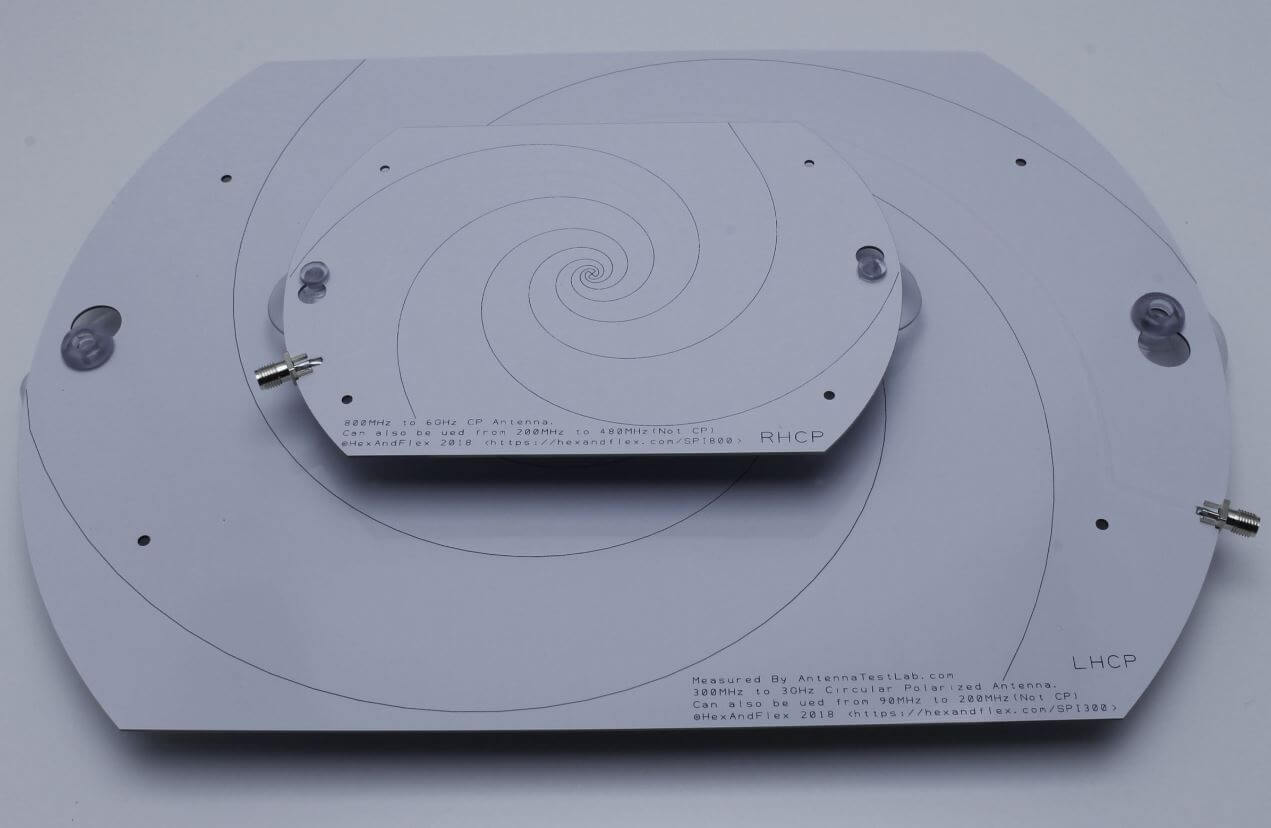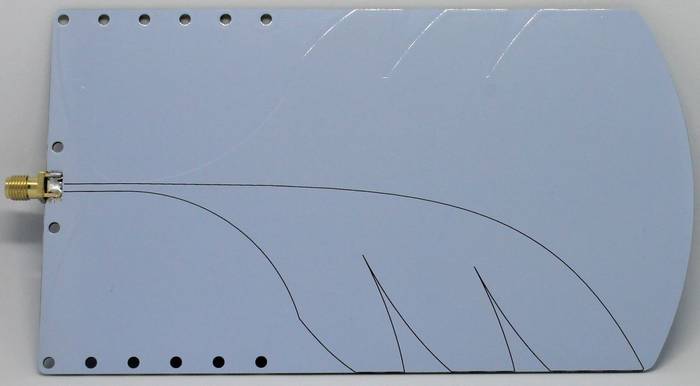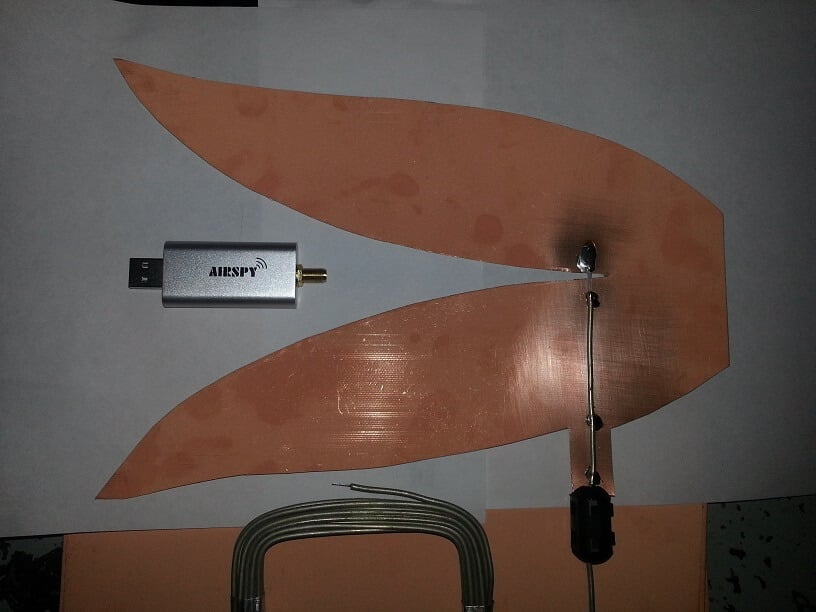SignalsEverywhere: Testing Wideband PCB Antennas from Hex and Flex
In the past we've posted twice about Hex and Flex who has been designing and selling various types of wideband PCB antennas. Previously we saw his wide band vivaldi antenna, and his wideband 400/800 MHz+ spiral antennas.
Now on the latest episode of SignalsEverywhere host Corrosive gives us a brief review of the Hex and Flex antennas, and goes on to demonstrate the spiral antenna in action. In his tests he was able to receive Inmarsat AERO, 433 MHz tire pressure monitors (TPMS), 300 MHz APRS signals, 300 MHz SATCOM, 800 MHz P25 and 1090 MHz ADS-B aircraft tracking signals with the spiral antenna and our RTL-SDR Blog Wideband LNA.
The video also comes with a 20% off promotion code for the Hex and Flex Tindie store. Simply enter the code "signalseverywhere" at checkout.


